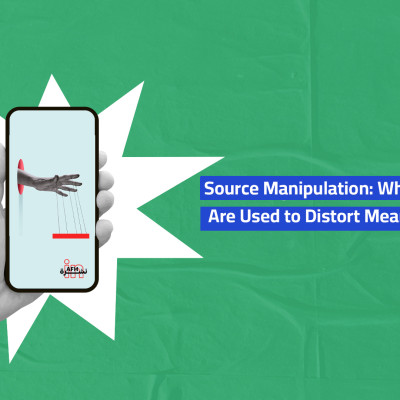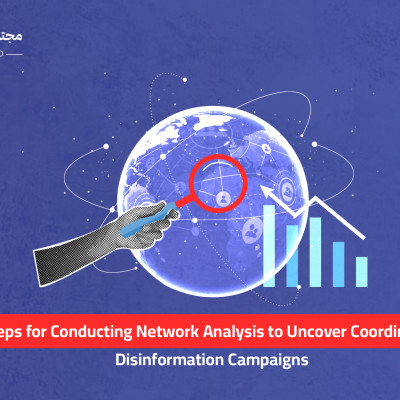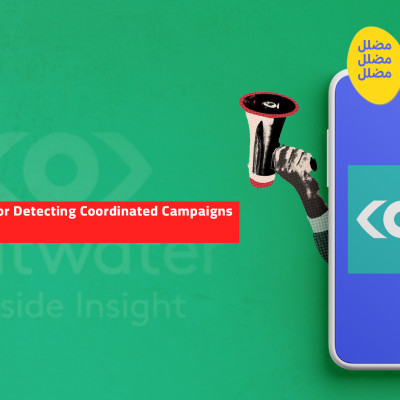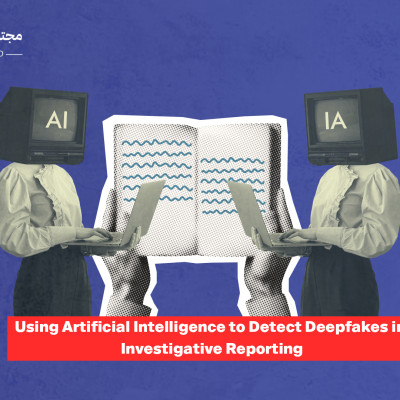Decontextualized Images — When Does a Genuine Photo Turn into Disinformation?
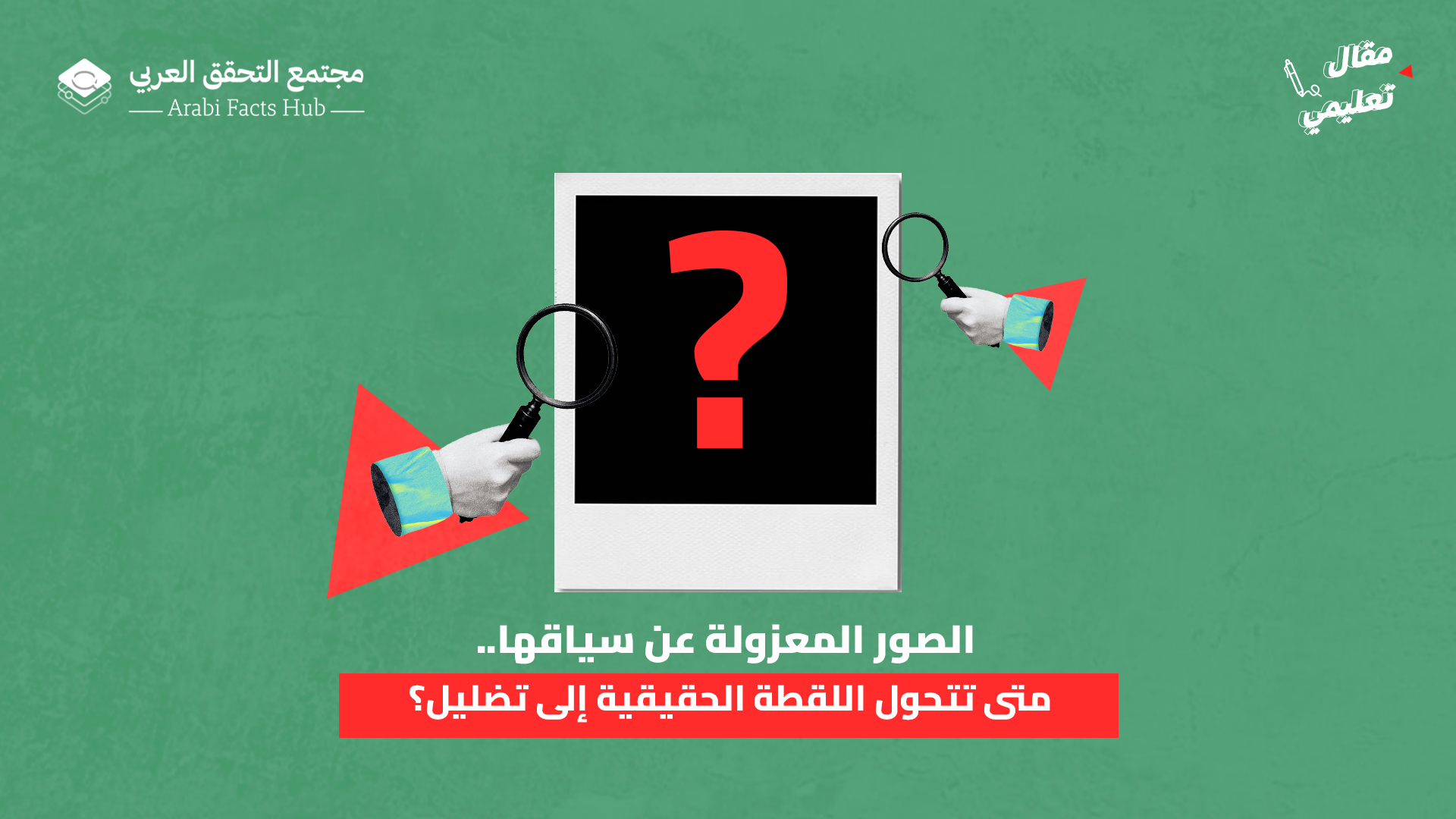
In the age of digital media, images have become an essential element in relaying news. One influential shot is enough to change the public mood or spark a wave of interaction across the world. What is dangerous, however, is that even a genuine image can be used for misinformation if it is taken out of its original context.
"Decontextualized image" is a phenomenon more common than fabricated or fake images because it does not require complex manipulation techniques; instead, it merely involves republishing in a different context. In this article, we will try to clarify the meaning of this type of disinformation, its causes, and real-world examples, then we will provide practical steps and tips for journalists and fact-checkers to detect it.
What is a Decontextualized Image
An image taken out of context is using a real image captured at a specific time or location, but then redistributed within a completely different framework. In this scenario, the visual content itself remains unaltered; rather, it is the meaning derived from it that is manipulated.
For example, old videos of landslides and floods in Saudi Arabia, Japan, and Spain were falsely claimed to be images of the 2023 Libya floods, which occurred due to the collapse of the Derna Dam in Libya. In this case, the videos/images are real, but they were used in a misleading way, which gives the public a false impression of that event.
The fundamental difference between this case and fabricated images is that the latter are produced via editing software or artificial intelligence, while decontextualized images rely on original, authentic content that has been misused.
Why do some people resort to decontextualization?
This type of misinformation can stem from various motives.
Stirring Emotion: Evocative images such as scenes of children or humanitarian disasters stimulate strong emotions in the public, increasing dissemination.
Serving a political agenda: Parties in conflicts may reuse images from other places to convince followers of the extent of a tragedy or an unrealized achievement.
Seeking engagement: Some social media accounts publish old but "impactful" images to get views and likes without verifying their authenticity.
Weak verification: Often the intent is not entirely malicious, but merely hasty publication without scrutiny.
Common misuse
Natural Disasters: When an earthquake or flood occurs in one country, old images of similar disasters in other countries spread, but are published as if they are from the current event.
Wars and Conflicts: An image from Syria may be used in news about Gaza, or an image from Ukraine may be attributed to events in Sudan. This type of misinformation exploits similarities in destruction and violence.
Local Events: Sometimes, images from old demonstrations in an Arab country are used to depict current protests, even though the temporal context is different.
These examples highlight that the problem is widespread and increasing with the rapid circulation of visual content on social media platforms.
Examples
First Example: The Syrian Girl in Ghouta
- Misleading Context (2023): A picture of a Palestinian girl who died in Gaza trying to resuscitate her sister with an oxygen mask.
- Real Context (2018): The picture shows a Syrian girl in a field hospital in Eastern Ghouta holding an oxygen mask to another child's face after a chemical attack suspected to have been carried out by the Syrian regime in January 2018.
- Misinformation Mechanism: Exploiting the profound emotional impact of the image, which embodies a desperate attempt to survive, and linking it to the tragic events in Gaza to gain sympathy and deepen the humanitarian narrative of the conflict.
- Source (Agence France-Presse - AFP): This photo was not taken recently in Gaza; it is of a Syrian girl in Eastern Ghouta years ago
Second Example: Personal IDs in Egypt, Not Iraq
- Misleading Context (2023): A photo of personal ID cards scattered on the ground, claimed to belong to Iraqi citizens during the provincial council elections in December 2023.
- Real Context (2020): The photo was previously circulated in Egypt during the House of Representatives elections in November 2020, and shows cards bearing the Egyptian flag and names of Egyptian regions.
- Misinformation Mechanism: Recycling an old photo related to Egyptian elections and publishing it in the context of Iraqi elections to promote a narrative about the buying and selling of voter cards.
- Source (Reuters – Fact-checking Service): Old photo of personal IDs on the ground in Egypt, not Iraq
The Third Example: Old Photo from Moroccan Protests
- Misleading Context (2021): A photo said to be of demonstrations in Morocco against normalization with Israel following the Israeli defense minister's visit to Rabat in November 2021.
- Real Context (2019): The photo actually dates back to teachers' protests in the Moroccan capital, Rabat, against fixed-term contracts on February 20, 2019.
- Misinformation Mechanism: Exploiting an old photo related to local union demands and republishing it in a new political context to amplify recent protests against normalization.
- Source (Misbar): The photo is old and not from recent demonstrations in Morocco
How to detect this type of disinformation?
Visual verification: Look for precise details in the image such as the type of clothing, cars, signs, or weather conditions. These details may reveal that the image does not belong to the mentioned place or time.
Reverse image search: Through search engines, you can find the first or oldest publication of the image, which is a strong indicator of its correct context.
Verify the original source: Is the image published by a known news agency or photographer? Tracing the photographer or agency may lead you to the real event.
Verify information with credible news sources: Observe how major news organizations covered the event. If they didn't use the same image, there might be a problem.
Practical steps for fact-checking
- Check the original publication date of the image online.
- Compare the image with news published at the same time.
- Note distinctive marks in the background such as buildings or writings.
- Verify the publisher's account or source: Is it an old and reliable account or a new and unknown one?
A decontextualized image represents one of the most common forms of misinformation in the digital age. Its danger lies in the fact that it can be easily used without any technical modification.
Advice to journalists and fact-checkers
- Do not be swayed by the emotional impact of the image. Verify first before re-sharing.
- When you discover misleading information, do not just deny it, but present the correct context of the image.
- Always provide the public with clear explanations showing why the image does not belong to the ongoing event.
- Make it a newsroom habit to verify images just as texts are verified.
Images taken out of context represent one of the most common forms of misinformation in the digital age. Their danger lies in the fact that they can be easily used, without any technical modification, yet they mislead millions of people simply by being published at the wrong time or place.
The responsibility here falls on journalists and fact-checkers, not only to expose the false claim, but also to correct the context for the public. Because an image used incorrectly can contribute to forming a false consciousness, and responsible journalism has the ability to set things right.
